Baobab tree of Africa is known as the upside-down tree. This photo essay can tell you why.
Our night's stop after what seemed to be a long day but was only 350 km drive from Dar Es Salaam was amongst these magic ancient trees.
We were able to have the next morning as a rest day here before heading after lunch the short 250 km to Kisolanza Farm House.
Baobabs are a living reservoir who have saved many lives. Life would be insupportable in some parts of Africa without the baobab.
One baobab may hold as many as 4, 5 thousand litters of water. Baobabs are mostly protected today - they have been exploited for making paper in the past and exported to England.
Their flowers are very large and sweet-smelling; they are like white stars against the evening sky. Baobabs are not resistant to long periods of drought and young Baobabs perish in veldt fires. When a baobab dies, it collapses into a fibrous mass as though struck by lightning, until a high wind blows away the remnants of a solitary giant that had been a landmark for centuries.
USES OF THE BAOBAB
Besides making into soup, baobab leaves can be eaten like spinach.
Dried for use as a condiment.
Natives eat the pulp for porridge.
Inside the seed pods, a white pulp, when mixed with water, makes the most refreshing drink.
Ancient baobab trees who can tell a few stories
Saturday, July 04, 2009
 Baobab, Tanzania
Baobab, Tanzania
Other Entries
-
1No time to read up: enjoy each day as it comes
May 1946 days prior Auckland, New Zealandphoto_camera0videocam 0comment 0
Auckland, New Zealandphoto_camera0videocam 0comment 0 -
2Perth ... a very short stopover
Jun 1717 days prior Perth, Australiaphoto_camera2videocam 0comment 0
Perth, Australiaphoto_camera2videocam 0comment 0 -
3Magic carpet ride to Nairobi
Jun 1816 days prior Nairobi, Kenyaphoto_camera4videocam 0comment 0
Nairobi, Kenyaphoto_camera4videocam 0comment 0 -
4Lovely sweet Babies as in elephant kind!
Jun 1915 days prior Nairobi, Kenyaphoto_camera18videocam 0comment 0
Nairobi, Kenyaphoto_camera18videocam 0comment 0 -
5UN World Refugee Day - real surpise in Nairobi
Jun 2014 days prior Nairobi, Kenyaphoto_camera20videocam 0comment 0
Nairobi, Kenyaphoto_camera20videocam 0comment 0 -
6Magnificent Majestic Massive MASAI MARA
Jun 2311 days prior Masai Mara National Reserve, Kenyaphoto_camera44videocam 0comment 0
Masai Mara National Reserve, Kenyaphoto_camera44videocam 0comment 0 -
7Serengeti = Endless Plains = what I came for!
Jun 259 days prior Serengeti National Park, Tanzaniaphoto_camera44videocam 0comment 0
Serengeti National Park, Tanzaniaphoto_camera44videocam 0comment 0 -
8Awake to pea soup, down into this big hole
Jun 277 days prior Ngorongoro Conservation Area, Tanzaniaphoto_camera24videocam 0comment 0
Ngorongoro Conservation Area, Tanzaniaphoto_camera24videocam 0comment 0 -
9Who can jump higher? Masai men dance off
Jun 286 days prior Arusha, Tanzaniaphoto_camera42videocam 0comment 0
Arusha, Tanzaniaphoto_camera42videocam 0comment 0 -
10Spices don't come in packets but are grown
Jun 304 days prior Stone Town, Tanzaniaphoto_camera26videocam 0comment 0
Stone Town, Tanzaniaphoto_camera26videocam 0comment 0 -
11Sunset over the Indian Ocean
Jul 031 day prior Kendwa, Tanzaniaphoto_camera20videocam 0comment 1
Kendwa, Tanzaniaphoto_camera20videocam 0comment 1 -
12Old Stone town needs to be restored
Jul 031 day prior Stone Town, Tanzaniaphoto_camera44videocam 0comment 0
Stone Town, Tanzaniaphoto_camera44videocam 0comment 0 -
13Ancient baobab trees who can tell a few stories
Jul 04 Baobab, Tanzaniaphoto_camera40videocam 0comment 1
Baobab, Tanzaniaphoto_camera40videocam 0comment 1 -
14Gutless wonder going up hills!
Jul 051 day later Kilsolonza, Tanzaniaphoto_camera34videocam 0comment 0
Kilsolonza, Tanzaniaphoto_camera34videocam 0comment 0 -
15Chitimba: one more day till before Kande Beach
Jul 062 days later Chitimba Malwai, Malawiphoto_camera14videocam 0comment 0
Chitimba Malwai, Malawiphoto_camera14videocam 0comment 0 -
16Kande Beach: TIA = This is Africa
Jul 095 days later Kande Beach, Malawiphoto_camera46videocam 0comment 0
Kande Beach, Malawiphoto_camera46videocam 0comment 0 -
17Off to Livingstone: more long travel days!
Jul 117 days later Lusaka, Zambiaphoto_camera18videocam 0comment 0
Lusaka, Zambiaphoto_camera18videocam 0comment 0 -
18Smoke that certainly Thunders = Victoria Falls
Jul 128 days later Livingstone, Zambiaphoto_camera10videocam 0comment 0
Livingstone, Zambiaphoto_camera10videocam 0comment 0 -
19Wild wet raft ride down the Zambezi
Jul 139 days later Livingstone, Zambiaphoto_camera18videocam 0comment 0
Livingstone, Zambiaphoto_camera18videocam 0comment 0 -
20Free as a bird over the Victoria Falls
Jul 1410 days later Livingstone, Zambiaphoto_camera6videocam 0comment 0
Livingstone, Zambiaphoto_camera6videocam 0comment 0 -
21Walk on the wild side
Jul 1511 days later Livingstone, Zambiaphoto_camera26videocam 0comment 0
Livingstone, Zambiaphoto_camera26videocam 0comment 0 -
22Border crossing ... foot and mouth dip ...
Jul 1612 days later Kansane, Zambiaphoto_camera6videocam 0comment 0
Kansane, Zambiaphoto_camera6videocam 0comment 0 -
23I wanted my HIPPO mouth WIDE open photo
Jul 1713 days later Kasane Botswana, Botswanaphoto_camera36videocam 0comment 0
Kasane Botswana, Botswanaphoto_camera36videocam 0comment 0 -
24Frogs and stars over the Okavango Delta
Jul 2016 days later Maun, Botswanaphoto_camera46videocam 0comment 0
Maun, Botswanaphoto_camera46videocam 0comment 0 -
25San Kalahari Desert bush people
Jul 2117 days later Ghanzi, Kalahari Desert, Botswanaphoto_camera20videocam 0comment 0
Ghanzi, Kalahari Desert, Botswanaphoto_camera20videocam 0comment 0 -
26Sunrise over the Kalahari Desert
Jul 2218 days later Windhoek, Namibiaphoto_camera6videocam 0comment 0
Windhoek, Namibiaphoto_camera6videocam 0comment 0 -
27Exhilarating, Extraordinary Etosha Experience
Jul 2521 days later Okaukuejo, Namibiaphoto_camera36videocam 0comment 0
Okaukuejo, Namibiaphoto_camera36videocam 0comment 0 -
28Spitzkoppe - Matterhorn of Namibia
Jul 2622 days later Spitzkoppe, Namibiaphoto_camera24videocam 0comment 0
Spitzkoppe, Namibiaphoto_camera24videocam 0comment 0 -
29Swakopmund: A city that has 4 faces
Jul 2723 days later Swakopmund, Namibiaphoto_camera40videocam 0comment 0
Swakopmund, Namibiaphoto_camera40videocam 0comment 0 -
30Dune 45 and Dead Vlei, Sossusvlei
Jul 2824 days later Sesriem, Namibiaphoto_camera52videocam 0comment 0
Sesriem, Namibiaphoto_camera52videocam 0comment 0 -
31The not so winding 10 km road to Fish Canyon
Jul 3026 days later Fish River Canyon, Namibiaphoto_camera16videocam 0comment 0
Fish River Canyon, Namibiaphoto_camera16videocam 0comment 0

 Baobab, Tanzania
Baobab, Tanzania
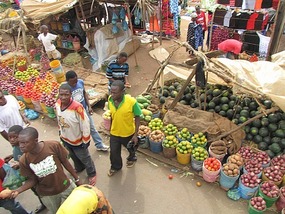

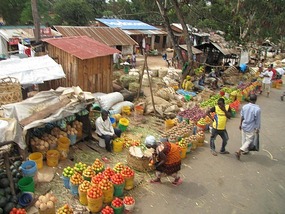

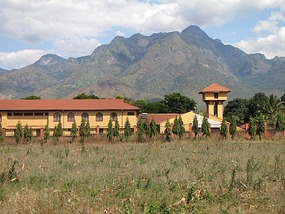

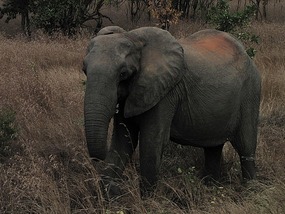
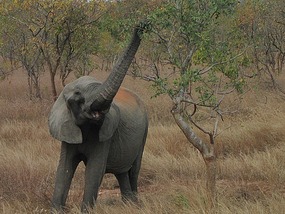
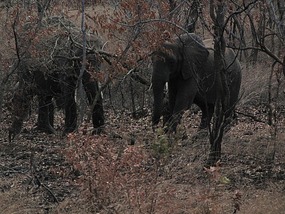
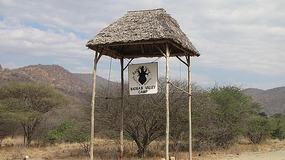
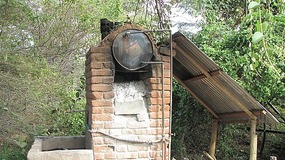
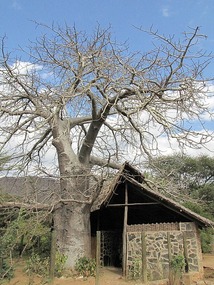
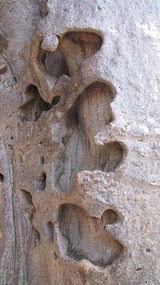

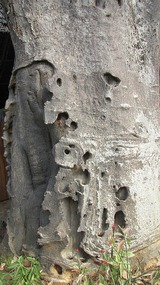
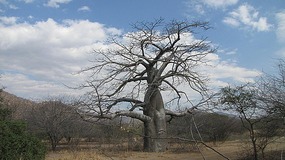
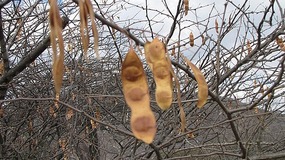
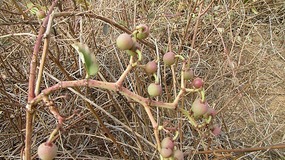
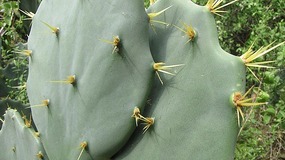
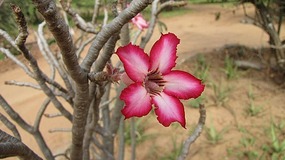

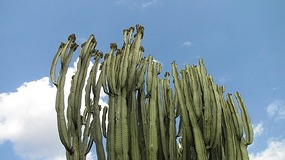
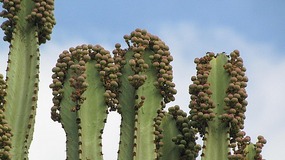
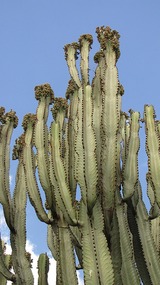
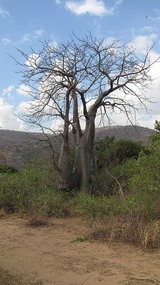
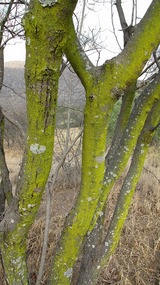
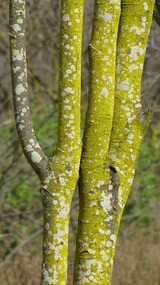

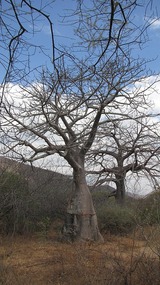

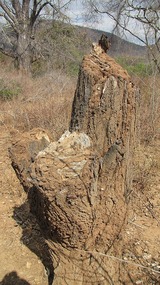

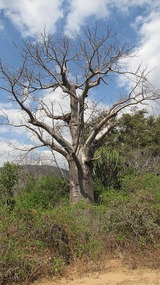
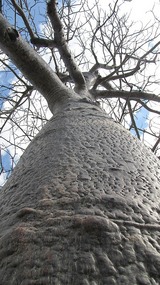
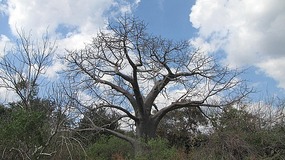
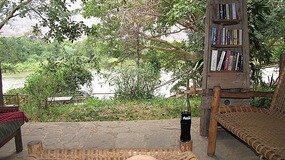
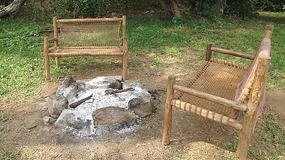
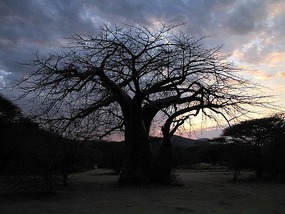









2025-05-23